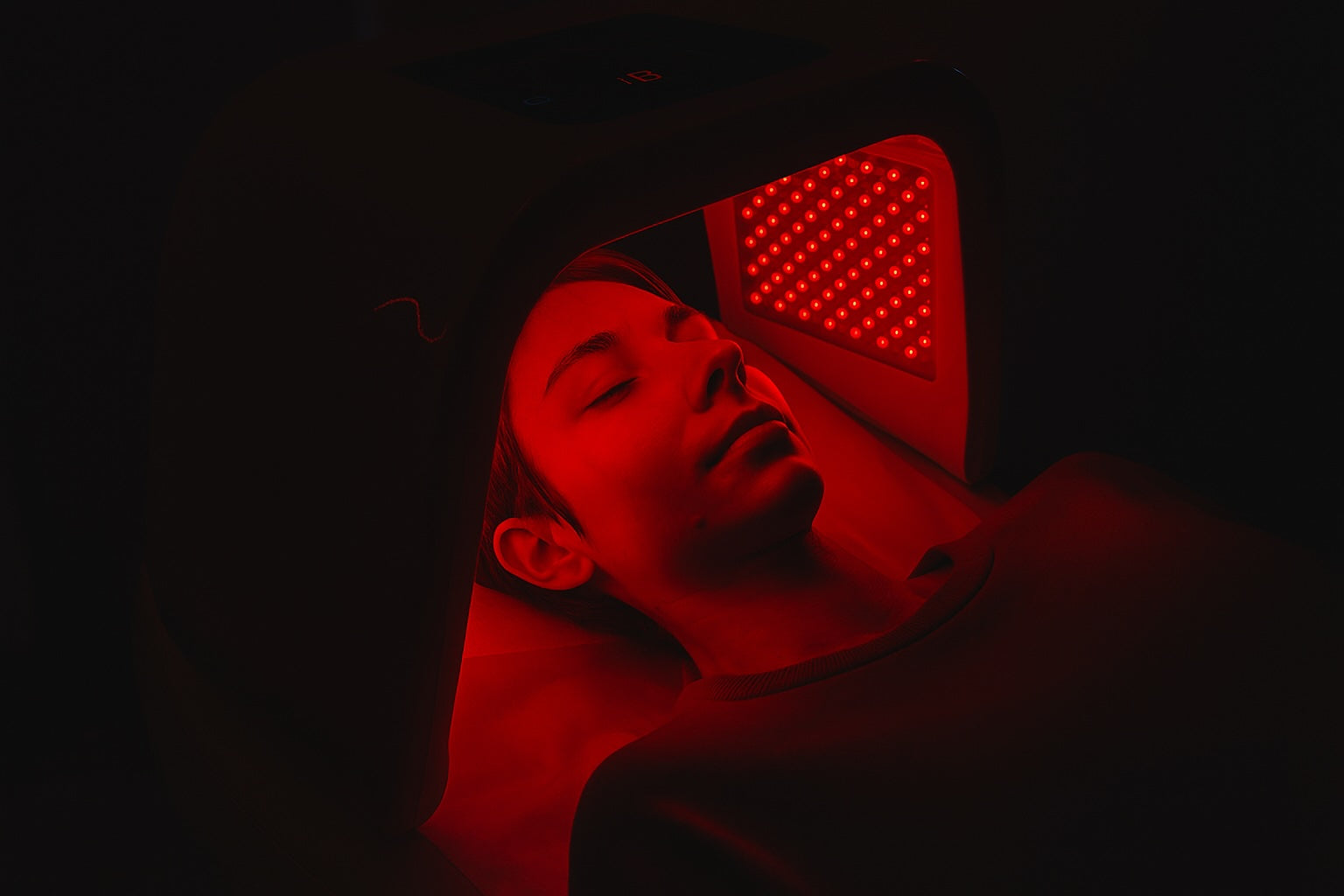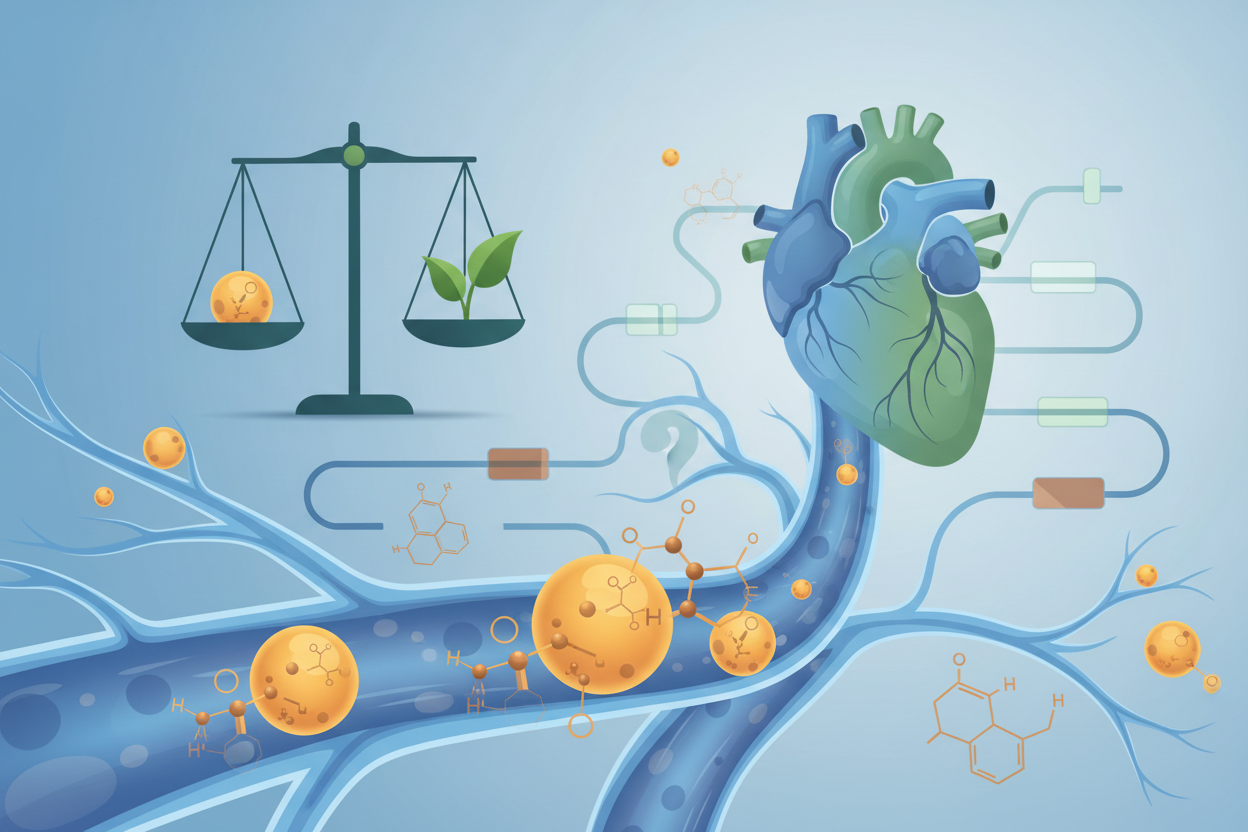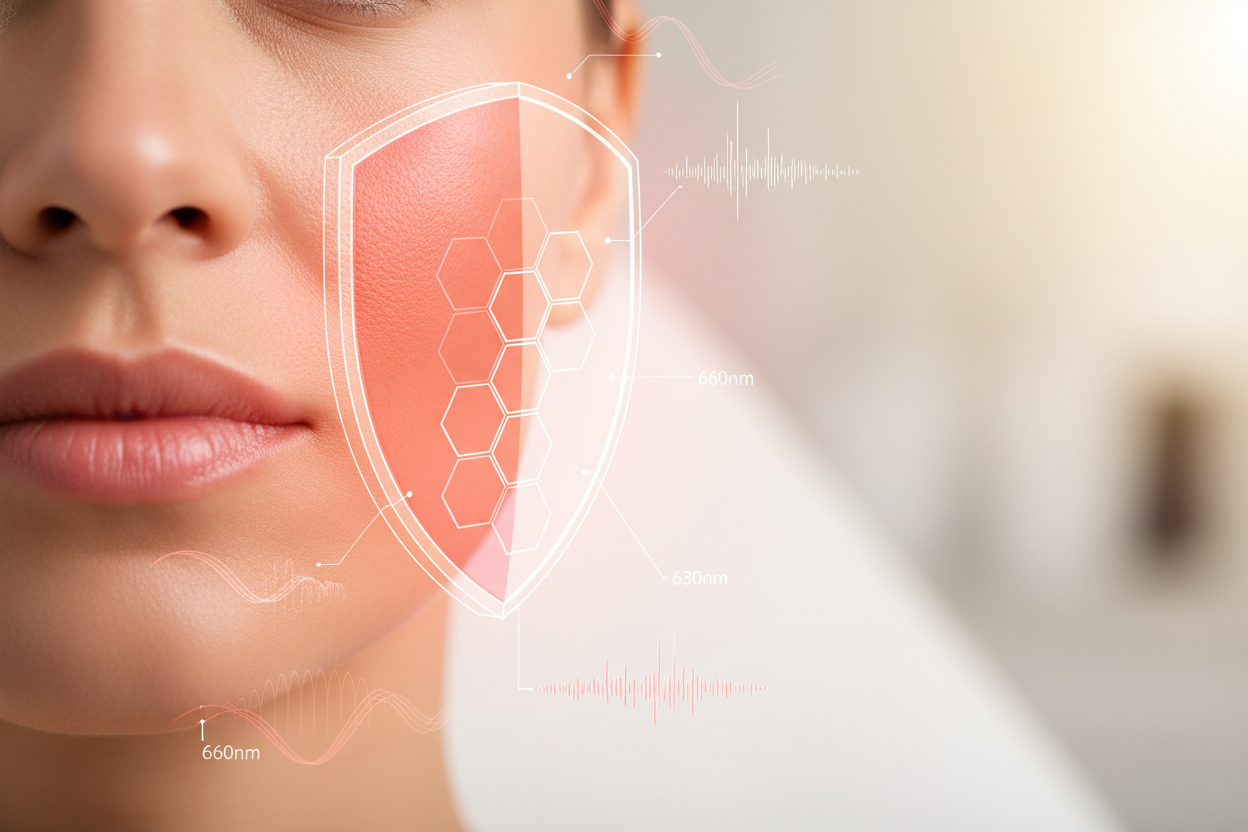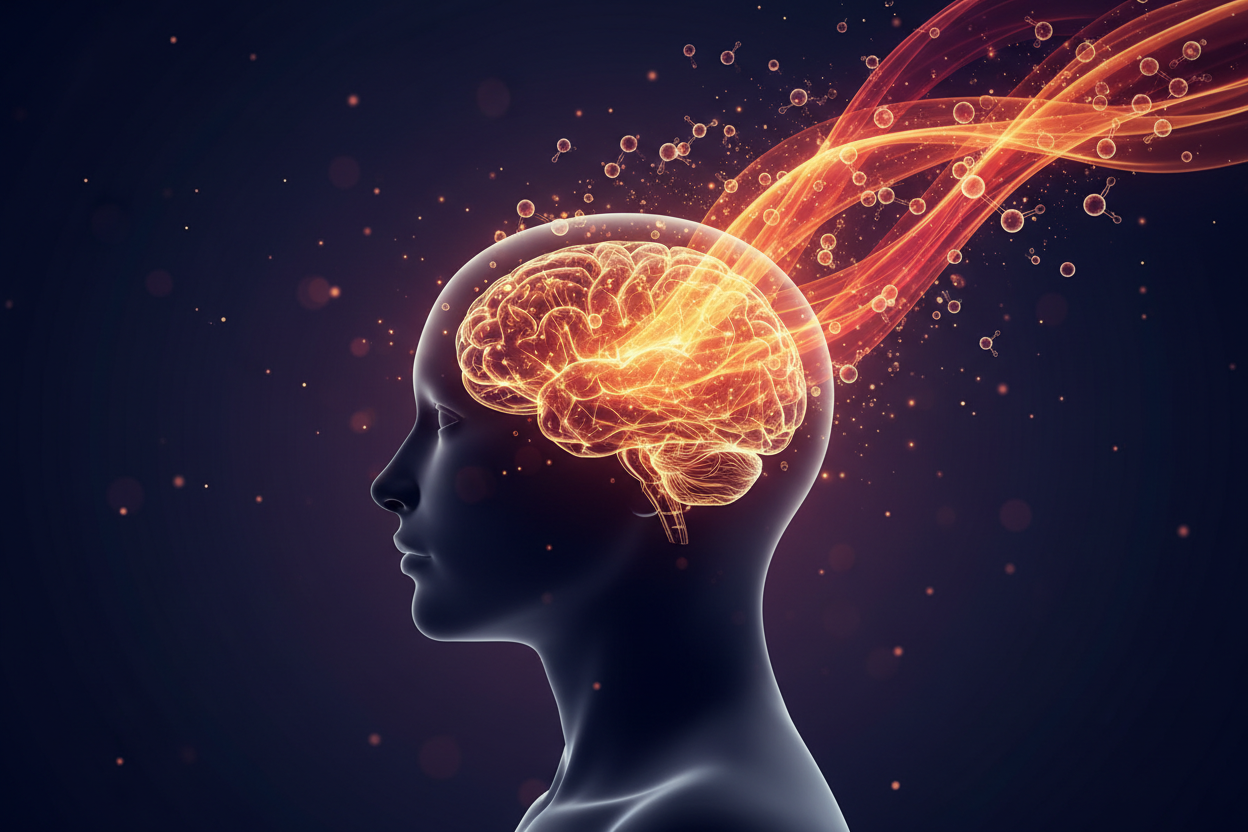
Clinical use of photobiomodulation (LLLT)
Context and Motivation
Low-level light therapy, known as LLLT or photobiomodulation (PBM), has become popular not only in dermatology but also throughout medicine. The aim of the study was to summarize the clinical evidence of its effectiveness and at the same time assess the regulatory aspects of this technology. .
What the article summarizes
Author Graeme Ewan Glass summarizes clinical studies focused on:
-
Skin rejuvenation (wrinkles, pigmentation spots),
-
Acne vulgaris,
-
Hoja rán,
-
Body Shaping,
-
Androgenetic alopecia (hair loss) .
Main findings
-
Good efficiency and safety: Red and near-infrared light supports ATP production, modulates cellular signaling, and reduces oxidative stress, leading to improvements in the mentioned areas.
-
Methodical shortcomings: Many studies have a small number of participants, manufacturers fund the research, independent replications are missing – which limits the reliability of the results .
-
Question of the light source: It is unclear whether LED diodes achieve the same effects as laser-based systems used in higher-quality studies.
Challenges and Next Steps
-
More robust clinical studies – larger samples, longer monitoring, independent evaluation.
-
Standardization of protocols – uniform parameters (wavelength, dose, frequency) to enable comparison of results.
-
Collaboration with regulators – a clear framework and rules for commercial use and clinical validation.
Conclusion
Photobiomodulation is a scientifically supported method with potential in the fields of aesthetic dermatology, wound healing, acne treatment, and hair loss prevention. However, there is a lack of standardization, independent testing, and clear regulatory guidelines. If these barriers are overcome, LLLT/PBM could represent a significant, safe, and effective component of modern medicine.
the whole study: https://pubmed.ncbi.nlm.nih.gov/33471046/



Leave a comment
This site is protected by hCaptcha and the hCaptcha Privacy Policy and Terms of Service apply.